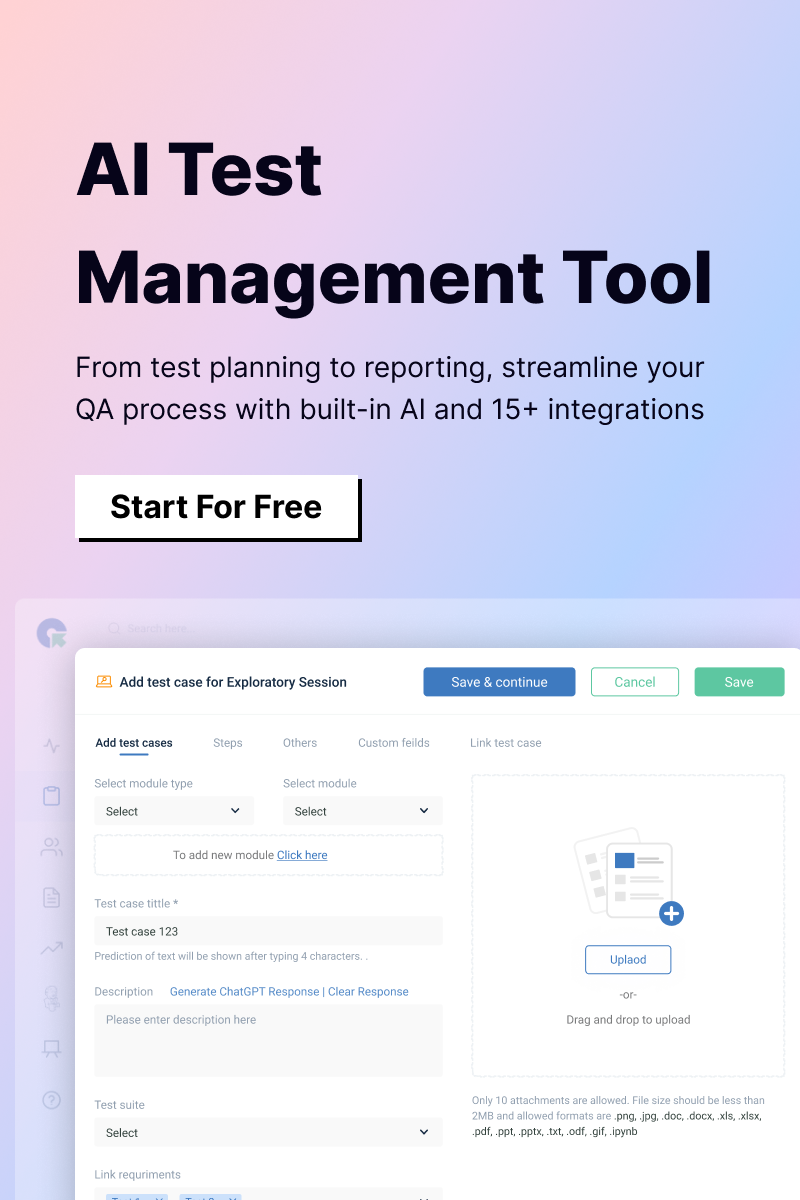A bug in software is any defect or deviation in a program that causes it to behave in unintended ways or fail to perform as specified. This can result from coding errors, logical mistakes, misinterpretation of requirements, or integration issues. When a program has many such issues, it is often described as ‘buggy’, meaning its functionality and reliability are compromised.
What are bugs in software testing?
Bugs in software testing are defects or issues discovered during the testing phase that prevent the software from functioning as expected. These issues can manifest as crashes, invalid outputs, or deviations from the intended functionality.
What is a bug report?
A bug report is a detailed document created during the software testing phase to record and describe any defects or deviations from expected behavior. It plays an important role in both mobile, desktop, and web testing by demonstrating the results of testers’ work.
What are the key elements of a bug report?
The key elements in a bug report are:
- Documentation of Defects: It captures the details of a bug, including what went wrong, the conditions under which it occurred, and steps to reproduce the issue.
- Diagnostic Information: A good bug report includes device logs, stack traces, and other relevant diagnostic data that help developers understand the problem.
- Tracking and Prevention: By documenting bugs, these reports allow developers to track issues, fix them, and avoid their recurrence in future releases.
- Collaboration: Bug reports serve as a communication bridge between testers and developers, ensuring that everyone has a clear understanding of the problem and its impact on the application.
How to write a bug report?
When writing a bug report, it’s important to include all necessary details so that developers can quickly understand, reproduce, and fix the issue. Here’s a concise guide on writing a bug report:
- Title: Summarize the issue clearly and concisely. Avoid errors; the title should immediately indicate the bug’s significance.
- Description: Explain what is happening versus what should happen. Include relevant context (environment, version, etc.).
- Steps to Reproduce: List clear, sequential steps so developers can reliably replicate the issue.
- Expected vs. Actual Results: Clearly state what should occur and what actually occurs.
- Attachments: Include screenshots, videos, logs, or stack traces to illustrate the issue.
- Attributes: Define severity (e.g., critical, minor) and priority to guide timely fixes.
What is a bug tracker?
A bug tracker, also known as an issue tracker or bug tracking system, is a tool that records and manages issues reported by customers or discovered by teams. It organizes these problems into tickets, allowing support agents, developers, and managers to track each issue from identification to resolution. This system simplifies the debugging process and keeps users updated on the status of their reported issues.
How does QA Touch improve the bug-tracking process?
QA Touch enhances bug tracking by providing a centralized platform for logging, managing, and resolving defects efficiently. It integrates with tools such as Jira, Bugzilla, and Trello for smooth workflows. With detailed bug reporting, including logs and screenshots, teams can diagnose issues faster. Customizable workflows, priority settings, and automated notifications keep teams aligned, improving collaboration and resolution speed.



